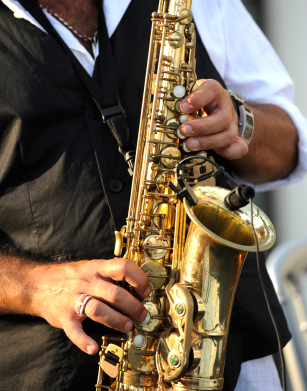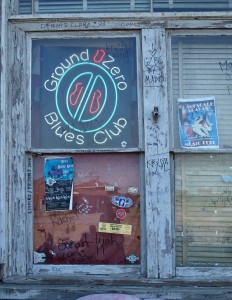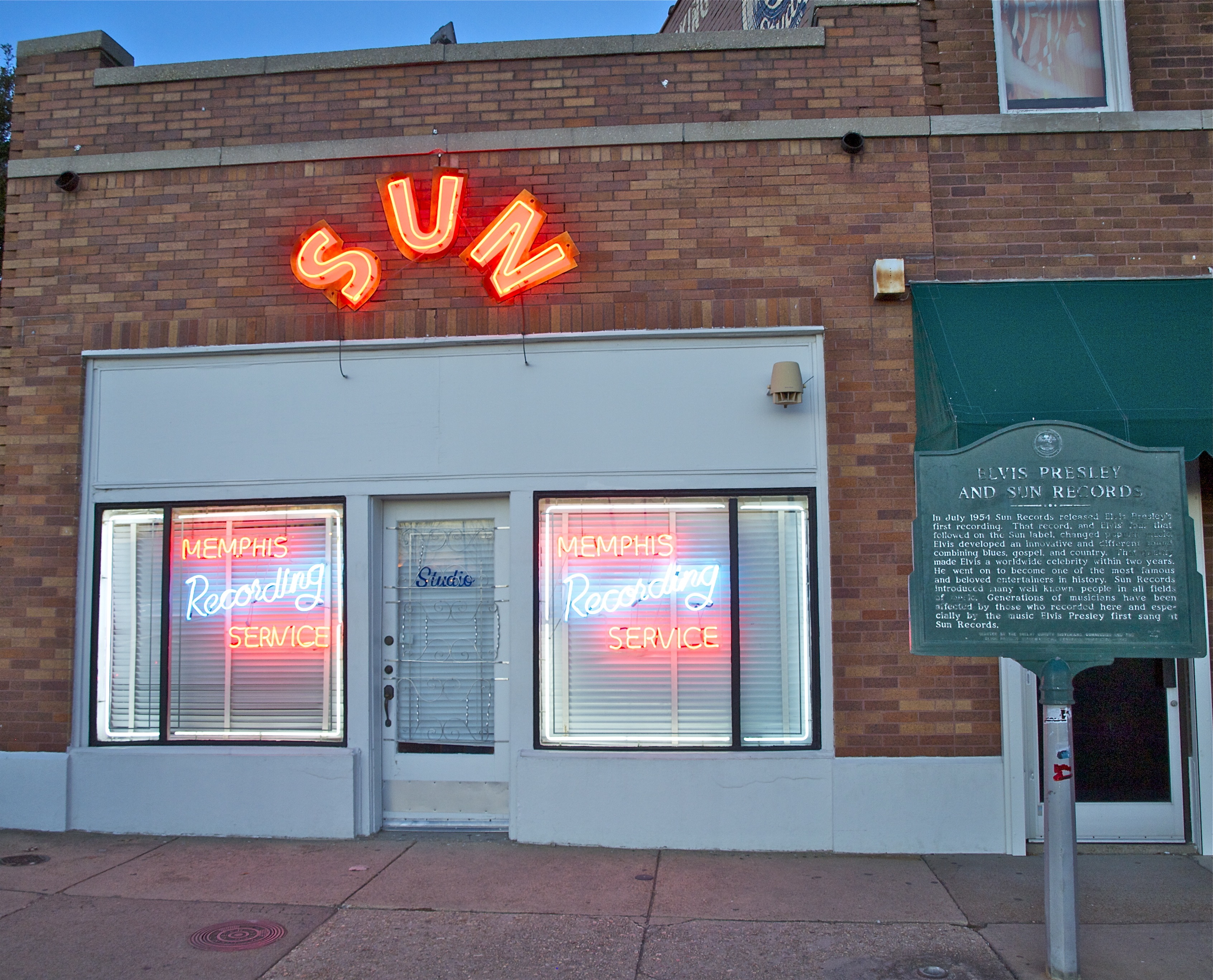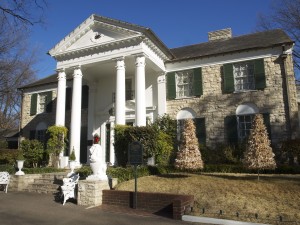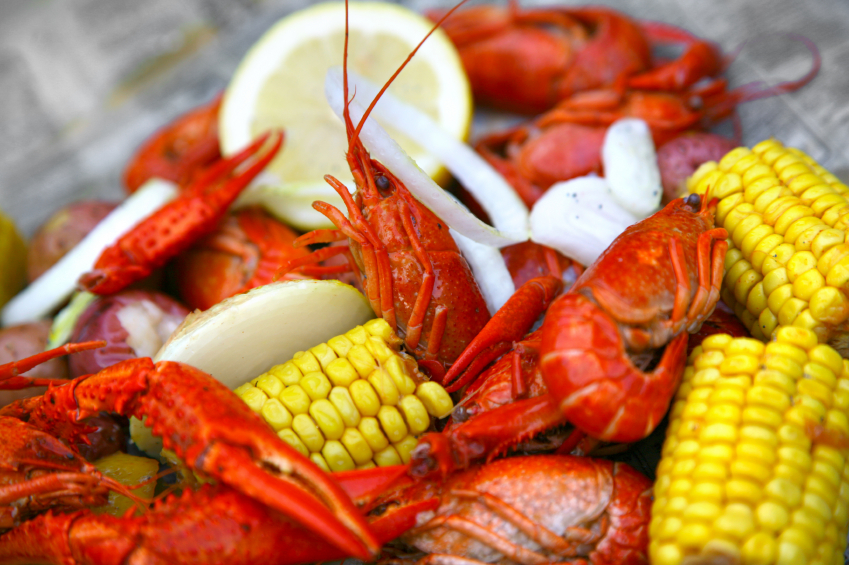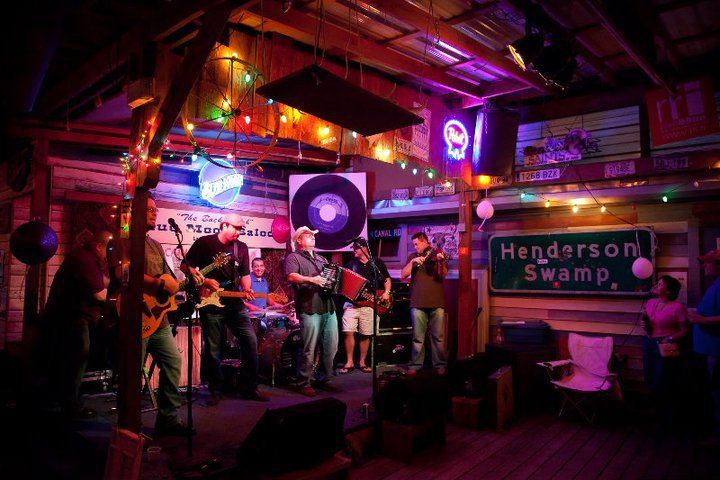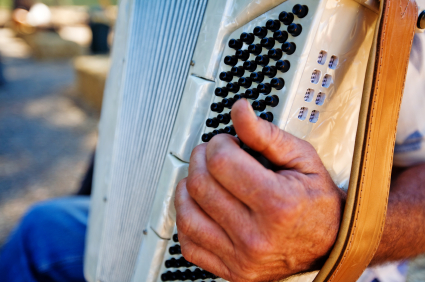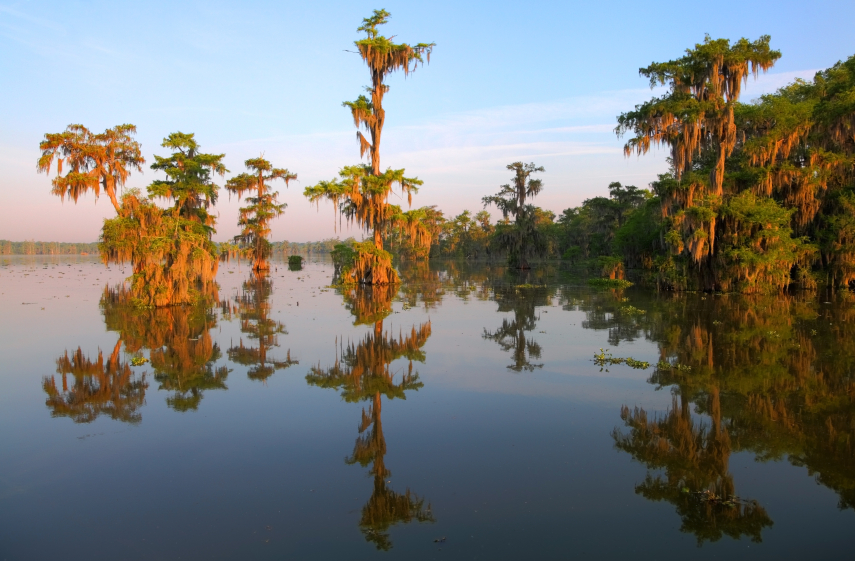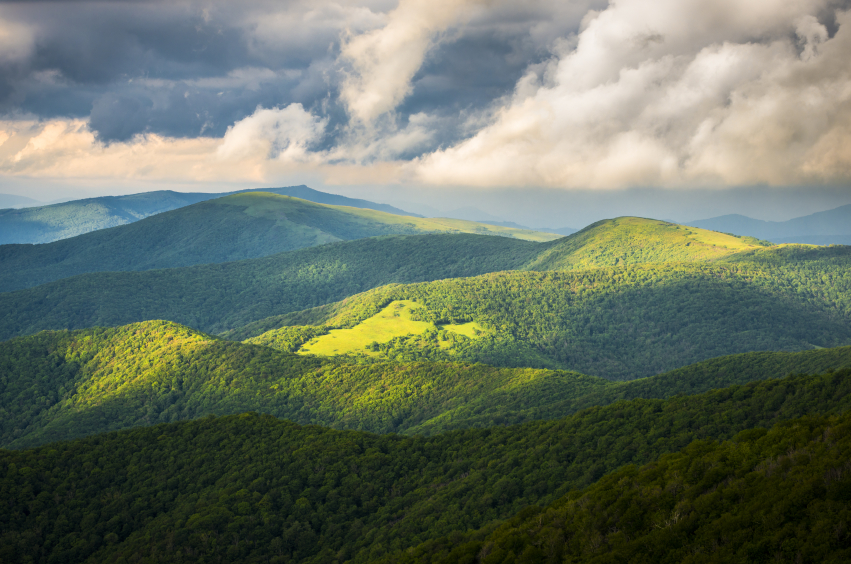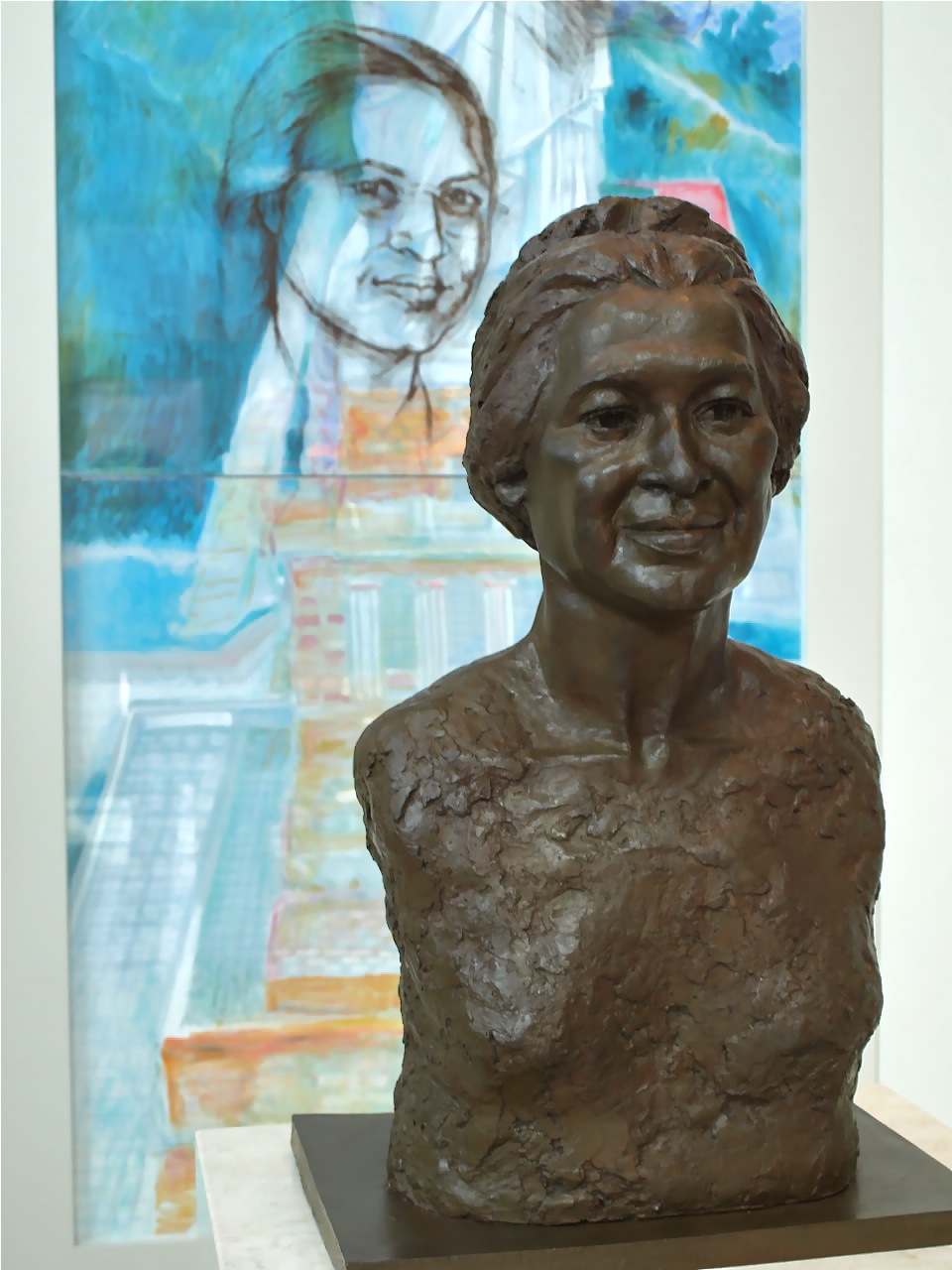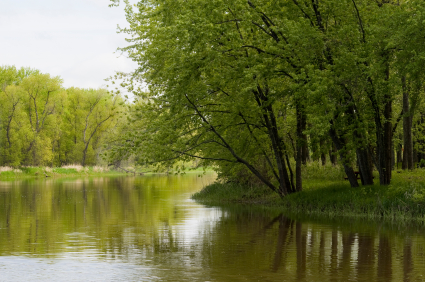The Deep South is home to America’s music
It’s argued that the nation’s music began in the Mississippi River corridor, with jazz emerging from New Orleans and the blues migrating from the Delta into the streets of Memphis where it found its own and evolved into rock ’n’ roll, rhythm and blues and soul. In the rural areas another sound emerged, immigrated from the Old World and evolving as well into bluegrass, rockabilly and country.
Almost all of these distinct American styles can trace their ancestry to the Deep South.
In New Orleans, slaves and later freed African Americans congregated in Congo Square, playing drums and dancing. Their indigenous music would merge with church hymns, spirituals and classical instruments in an exciting new sound called jazz. Views differentiate on who started the lively new music, but most likely it was Buddy Bolden, Nick LaRocca, who recorded the first jazz record and Jelly Roll Morton, who proclaimed, “It is evidently known, beyond contradiction, that New Orleans is the cradle of jazz, and I myself happen to be the inventor in the year 1902.”
Jazz migrated northward with bands like King Oliver and Louis Armstrong and the sound filtrated to the East Coast and became a national and now international sensation.
About the same time African Americans were performing a style of music taken from the cotton fields of the Mississippi River Delta, hard luck stories and hopes sung while working. W.C. Handy heard this rhythmic sound while passing through and published a song based on his recollection. He would later become the “Father of the Blues,” publishing many more like it.
As people began demanding more “blues,” talent from the Mississippi Delta began pouring into Memphis and Chicago to earn money performing. Memphis’s Beale Street was the heart of the Southern action, and soon the place where record producers would start capturing this unique sound on vinyl.
Whether the blues originated distinctly in Mississippi is arguable, but as Steve Cheseborough writes in “Blues Traveling: The Holy Sites of Delta Blues,” “Mississippians have always made up a large proportion of all blues singers and an overwhelming proportion of the finest blues singers.”
Today, New Orleans continues to celebrate its jazz heritage with the Preservation Hall Jazz Band and all types of jazz performed live in venues throughout the city. Pick up Cheseborough’s guide and visit the dozens of blues markers, museums and blues juke joints throughout Mississippi, such as B.B. King’s Museum and Ground Zero Blues Club. There are several of these well-developed markers outside of Mississippi as well, including Graceland, home to Elvis Presley; Ferriday, La., home to Jerry Lee Lewis; and several on and near Beale Street in Memphis.
Speaking of King Elvis, the most popular pop star in American history was born in Tupelo, Miss., earning his fame at the Louisiana Hayride radio show in Shreveport and recording his first hit at Sun Studios in Memphis, both of which are open for tours. Of course all fans will want to visit his Memphis home, Graceland, with its mansion, auto museum, private planes and special exhibits.
Visitors who take in the Smithsonian’s Rock and Soul Museum in Memphis will receive an interactive history of the many cultural elements leading to the formation of blues, rock, soul, rhythm and blues and country.
As Americans embraced rock ’n’ roll and country, however, a town east of Memphis began recording this widely popular new sound. Many people know Muscle Shoals, Alabama, for its inclusion in the Lynyrd Skynyrd’s song, “Sweet Home Alabama.” The small town is the site of numerous studios where recording rock greats performed — The Osmonds, Rolling Stones, Wilson Pickett, Etta James, Candi Stanton, Ottis Redding, and the list goes on and on. Visitors can tour FAME Studios and others and stand in the spot where Aretha Franklin recorded “I Never Loved a Man” or Rod Stewart sang “Tonight’s the Night.”
As with all Southern travel, everything relates to food, and nothing tastes better listening to America’s music than Deep South cooking.
Of course, Nashville is the heart of the nation’s country music industry, but a little too far north to be considered Deep South. And that’s the topic of another blog. Stay tuned.
If you are interested in visiting the southern states, check out our New Orleans Vacation Package and Nashville & Memphis Vacation Package and start planning your next vacation!
Cheré Coen is a Lafayette, La., travel writer and author, but a native of New Orleans. Her latest book is “Exploring Cajun Country: A Tour of Historic Acadiana.” Follow her at WeirdSouth.blogspot.com


